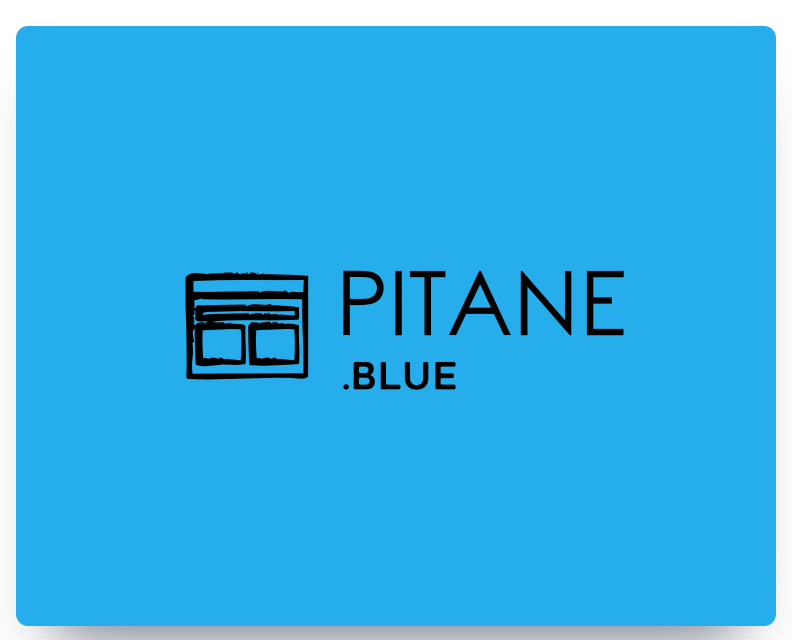The general picture emerging from the survey among insurers is that insurers have not yet succeeded in making the taxi insurance portfolio profitable in recent years, while this is necessary from a prudential point of view.
The Dutch Association of Insurers has made a survey among its members about developments in the market for taxi insurance. The developments that emerged from this call for proposals are discussed below. According to the RDW figures, 41.698 vehicles are registered as taxis. The Association indicates that data from insurers shows that approximately 75% are active in contract taxi transport and 25% are employed as street taxis.
Mandatory safety systems must help
Mandatory safety systems such as a dashboard camera, tightening of the legal rest periods, more frequent testing of the competence of taxi drivers and a higher enforcement capacity for telephone use behind the wheel and driving around uninsured. This is a selection of the measures that insurers want to investigate to increase the insurability of taxis.
This is evident from the report of a round table discussion that the Dutch Association of Insurers held this spring with representatives of the taxi industry and the ministries of Finance and Infrastructure and Water Management, among others. Minister Hoekstra (Fiannciën) sent this document to the House of Representatives on Tuesday afternoon, as an attachment a letter to parliament about insurance for taxi drivers.
Lack of awareness
In their round table discussion, insurers and the taxi industry identified a number of problems that lead to uninsurability. Turnover driven by the number of journeys leads to unsafe driving behavior. In addition, taxi drivers text a lot behind the wheel or are otherwise distracted by their phone. Client requirements for contract transport can also encourage an unsafe driving style. In addition, the parties point to the increased traffic volume and a lack of awareness among drivers that the burden of damage must be reduced.



